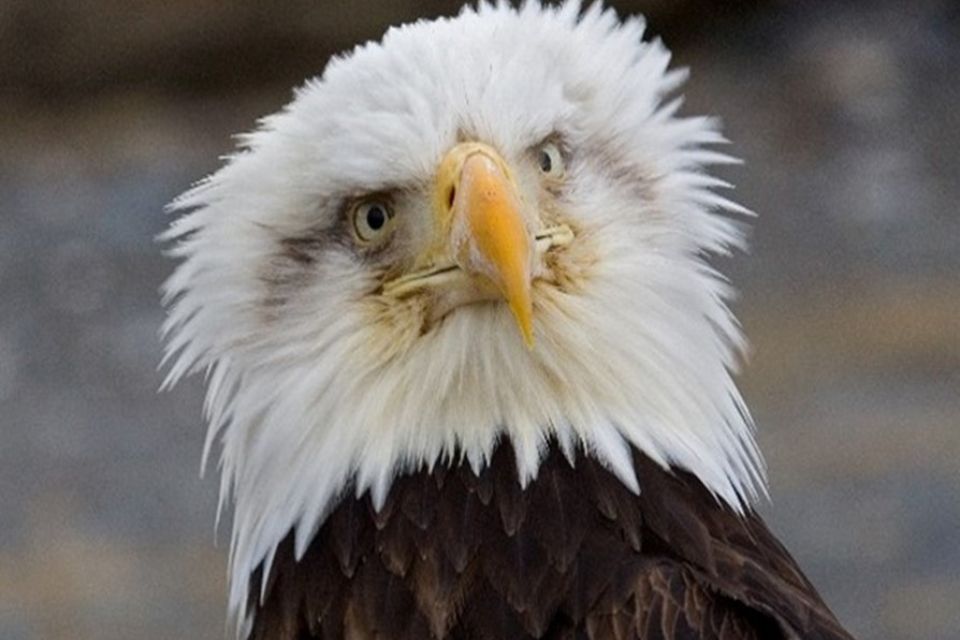The term “Hancock bird” often refers to birds that are studied, protected, or highlighted by the Hancock Wildlife Foundation, an organization led by Canadian biologist David Hancock. These birds, particularly bald eagles, have become central to educational and conservation efforts, especially in British Columbia. While there is no single species named “Hancock bird,” the term broadly symbolizes the birds monitored under this foundation—mainly raptors and other native species.
What Is The Hancock Bird?
The “Hancock bird” is not an official bird species but rather a symbolic reference tied to the work of the Hancock Wildlife Foundation (HWF). The foundation is most known for its eagle cams, which allow people across the globe to watch bald eagles in real time as they nest, hatch, and raise their young. These monitored eagles are often affectionately referred to as “Hancock birds” by supporters and wildlife enthusiasts.
Origin & Discovery
The idea of tracking and studying these birds through live streaming was introduced by David Hancock, a pioneer in eagle conservation. His work began decades ago, and by the early 2000s, HWF started using online cameras to promote wildlife education and protection. This innovative approach brought global attention to the daily lives of eagles and helped raise awareness about their conservation needs.
Habitat & Distribution
The bald eagles associated with the Hancock Foundation primarily reside in British Columbia, Canada, particularly along the coast where food sources like fish are abundant. These eagles build massive nests in tall trees, often near water. The foundation also monitors other birds, such as ospreys, hawks, and herons, depending on the project and region.
Physical Characteristics
Though “Hancock bird” is a general term, the bald eagle is the most prominent example. These birds are large raptors, reaching wingspans of up to 7 feet. They are easily recognizable by their white heads, brown bodies, and sharp yellow beaks. Their powerful talons and keen eyesight make them expert hunters.
Behavior & Diet
Bald eagles are mostly monogamous and return to the same nesting site year after year. They are known for their dramatic mating displays and attentive parenting. Their diet primarily consists of fish, but they also scavenge and hunt small mammals or waterfowl when necessary. Eagle cams have captured these behaviors, offering insights into their routines and seasonal habits.
Importance Of Ecosystem
As apex predators, bald eagles play an essential role in maintaining the balance of their ecosystems. They help control fish populations and clean up carrion, contributing to a healthy environment. Studying the Hancock birds has helped biologists understand the broader ecological impacts of raptors in coastal and forested areas.
Conservation Status
Thanks to conservation efforts, including those by David Hancock and the HWF, bald eagle populations in North America have rebounded. Once endangered due to hunting, habitat destruction, and pesticides like DDT, they are now listed as Least Concern by the IUCN. However, continued efforts are needed to protect nesting habitats and reduce human disturbances.
Interesting Facts About The Hancock Bird
- The Hancock Foundation’s eagle cams have had millions of viewers worldwide.
- Bald eagle nests can weigh up to a ton and be reused for decades.
- Some eagles lay their eggs as early as February in coastal British Columbia.
- David Hancock began studying eagles in the 1950s and has published multiple books and research papers.
Summary
While there isn’t a single species known as the “Hancock bird,” the term reflects a powerful symbol of modern wildlife conservation—especially focused on bald eagles—thanks to the work of David Hancock and his foundation. Through live cams and active habitat protection, the Hancock Wildlife Foundation continues to educate, inspire, and advocate for the protection of birds of prey and their environments.

